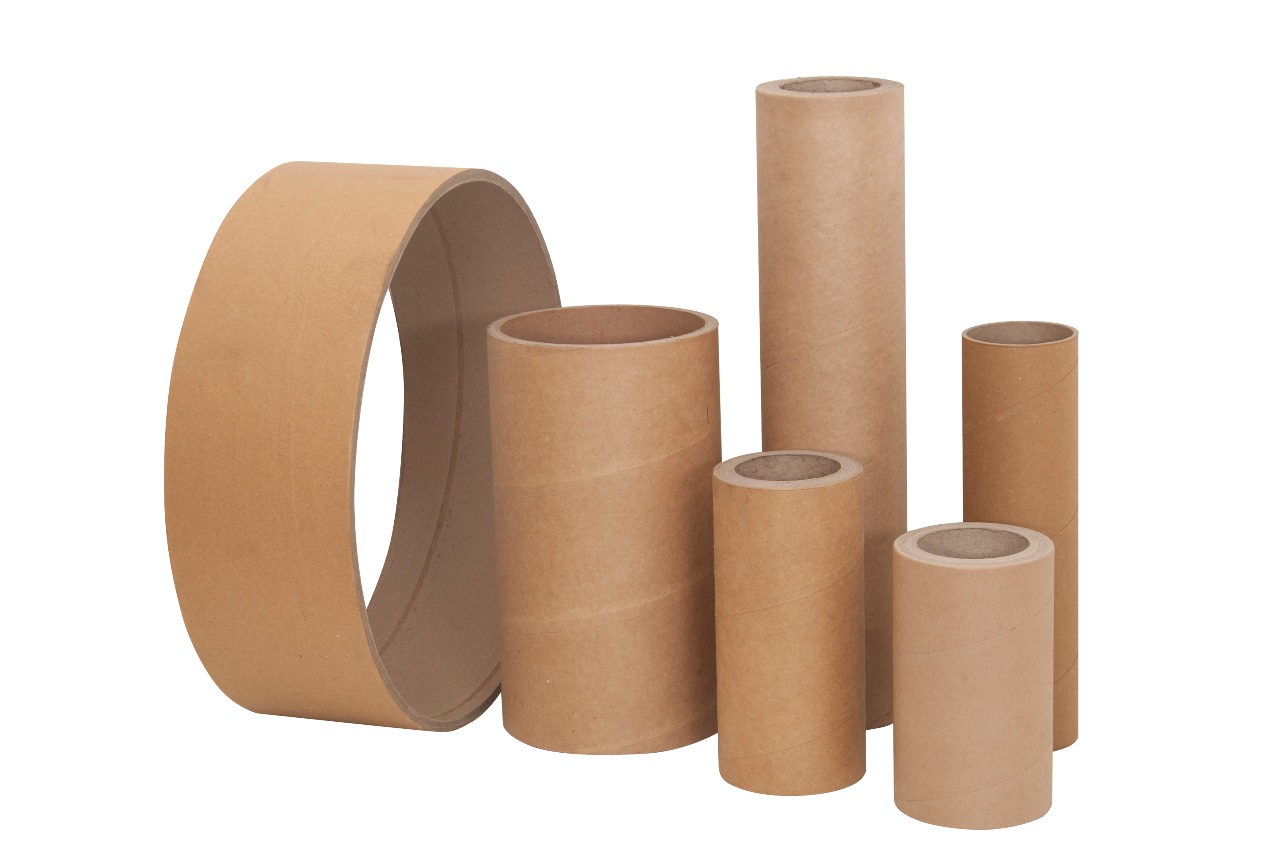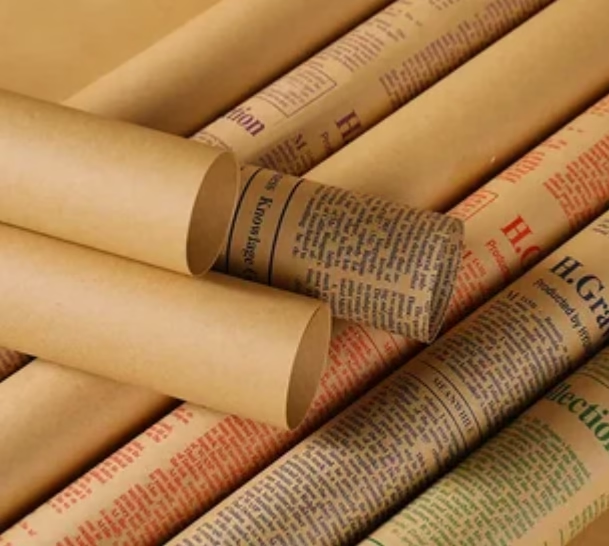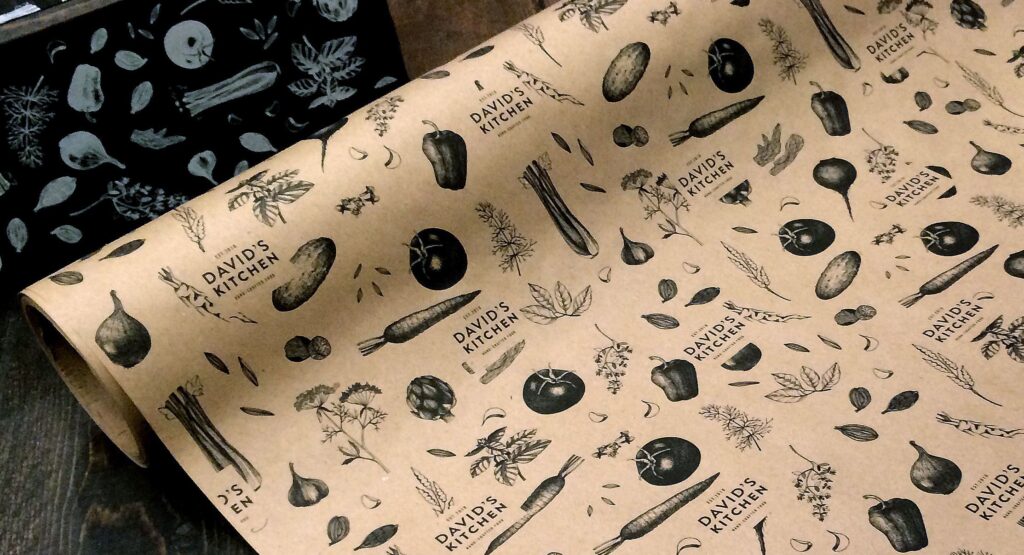Paper tube manufacturing is a versatile industry catering to various applications, including packaging, construction, and industrial purposes. The demand for eco-friendly and sustainable solutions has fueled innovation in this sector. This article delves deeply into the intricacies of paper tube production, from materials and processes to applications and advantages.
What Are Paper Tubes?
Paper tubes, also known as cardboard tubes or cylindrical paper cores, are hollow, cylindrical structures made from multiple layers of kraft paper or paperboard. This paper tube manufacturing is widely used in diverse industries due to its strength, lightweight properties, and recyclability.
Types of Paper Tubes
1. Spiral Wound Paper Tubes
These tubes are made by wrapping multiple layers of paper diagonally around a central core. They are known for their uniform thickness and are often used in packaging, mailing, and industrial applications.
2. Convolute Wound Paper Tubes
Convolute tubes are created by wrapping the paper layers parallel to the core’s axis. These tubes are typically thicker and are used for applications requiring higher durability, such as structural supports.
3. Specialty Tubes
Customized paper tubes serve niche markets. Examples include decorative tubes, medical packaging tubes, and reinforced tubes for construction.
Materials Used in Paper Tube Manufacturing
1. Kraft Paper
Kraft paper, known for its durability and tear resistance, is the primary material used. It is derived from wood pulp and is recyclable.
2. Adhesives
Water-based adhesives are commonly employed for binding layers together, ensuring eco-friendliness and durability.
3. Coatings and Linings
Special coatings like wax or plastic may be applied for moisture resistance. Linings can include aluminum or other materials for specific uses like food-grade or medical tubes.
The Paper Tube Manufacturing Process
1. Raw Material Preparation
High-quality kraft paper rolls are selected based on the tube’s intended application. The paper is cut into strips of varying widths for use in different tube sizes.
2. Winding Process
- Spiral Winding: Strips are glued and wrapped around a mandrel at an angle, creating a continuous spiral.
- Convolute Winding: Strips are glued and wrapped parallel to the mandrel, creating thicker layers.
3. Cutting and Trimming
The wound paper tube is cut to the desired length using precision cutting machines. Trimming ensures smooth edges and uniformity.
4. Curing
The tubes are air-dried or oven-cured to solidify the adhesive and enhance structural integrity.
5. Finishing
Finishing processes like coating, labeling, or embossing may be applied to enhance appearance and functionality. more
Applications of Paper Tubes
1. Packaging
Paper tubes are ideal for packaging posters, documents, and fragile items. They offer superior protection against damage during transit.
2. Construction
Heavy-duty tubes are used as concrete forms or structural supports in construction projects.
3. Industrial Uses
Industries rely on paper tubes to hold materials like yarn, cables, and adhesives during production processes.
4. Consumer Goods
Customized tubes are used for candles, cosmetics, and food packaging, emphasizing aesthetic appeal and sustainability.
Benefits of Paper Tubes
1. Eco-Friendly
Paper tubes are made from renewable resources and are biodegradable and recyclable.
2. Lightweight Yet Strong
Despite their lightweight nature, paper tubes provide excellent structural integrity.
3. Cost-Effective
Manufacturing paper tubes is economical, making them a preferred choice for many industries.
4. Versatility
Paper tubes are easily customizable to suit specific size, strength, and appearance requirements.
Innovations in Paper Tube Manufacturing
The industry is embracing advanced technologies to enhance efficiency and sustainability like custom product packaging. Some notable advancements include:
- Automation: Modern machinery reduces production time and ensures precision.
- Eco-Friendly Coatings: Water-based and biodegradable coatings are replacing traditional plastic linings.
- Reinforced Tubes: Innovative techniques produce tubes with enhanced strength for heavy-duty applications.
Challenges in Paper Tube Manufacturing
1. Raw Material Sourcing
Ensuring a steady supply of high-quality kraft paper is critical.
2. Competition
The rise of alternative materials like plastic and metal presents a competitive challenge.
3. Customization Costs
Creating bespoke designs can increase production costs and time.
Future Trends in Paper Tube Manufacturing
The industry is poised for growth as sustainability becomes a global priority. Key trends include:
- Increased Demand for Biodegradable Packaging: Paper tubes align with eco-conscious consumer preferences.
- Expansion in Emerging Markets: Growth in industries like e-commerce boosts demand for durable packaging solutions.
- Integration of Digital Printing: Customization and branding opportunities are expanding with digital printing technology.
Conclusion
Paper tube manufacturing is a dynamic industry that contributes to sustainable and innovative packaging solutions. From construction to consumer goods, the versatility of paper tubes makes them indispensable in modern applications. By embracing advancements in technology and materials, manufacturers can continue to meet diverse market demands while prioritizing environmental responsibility.




